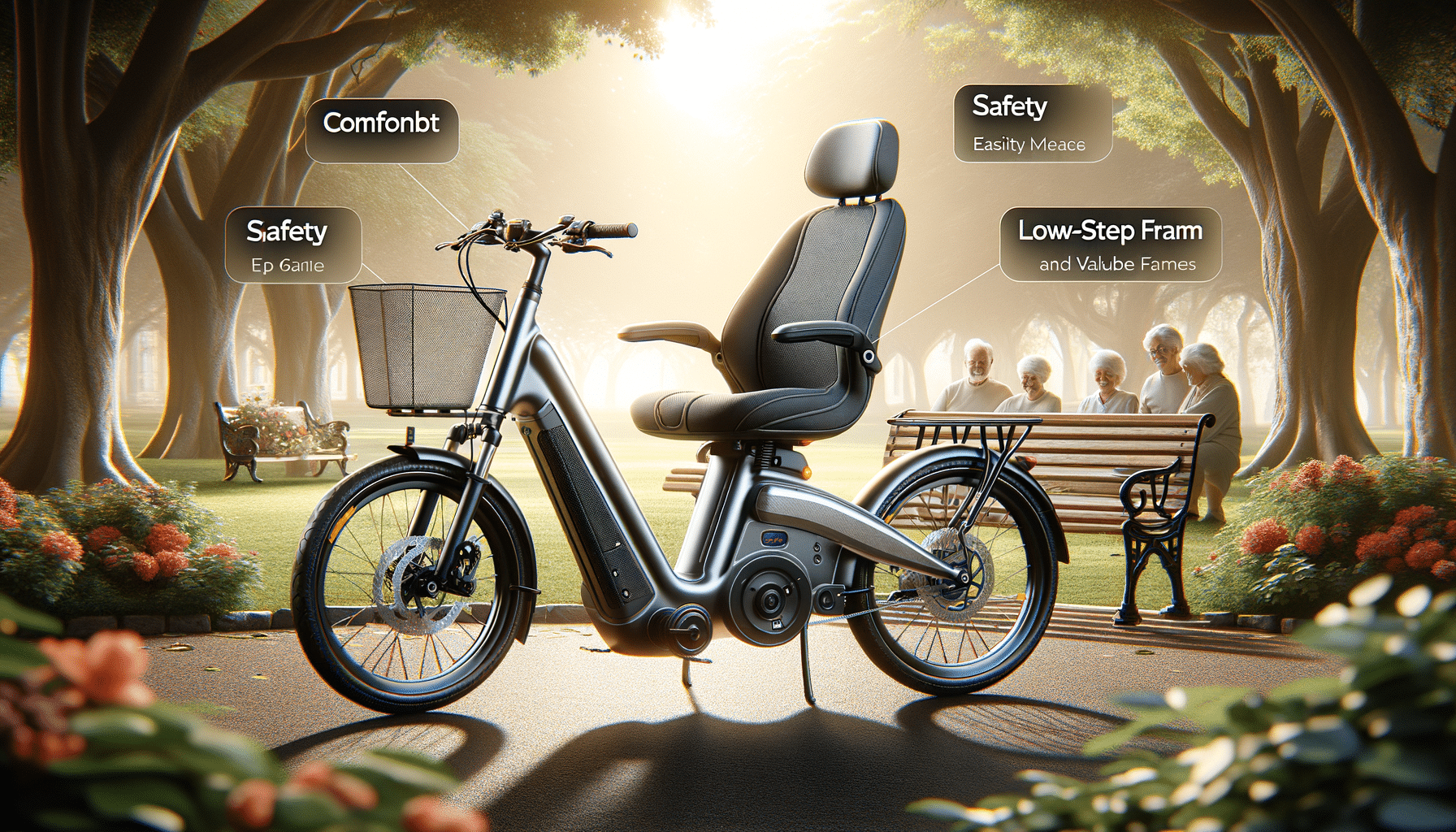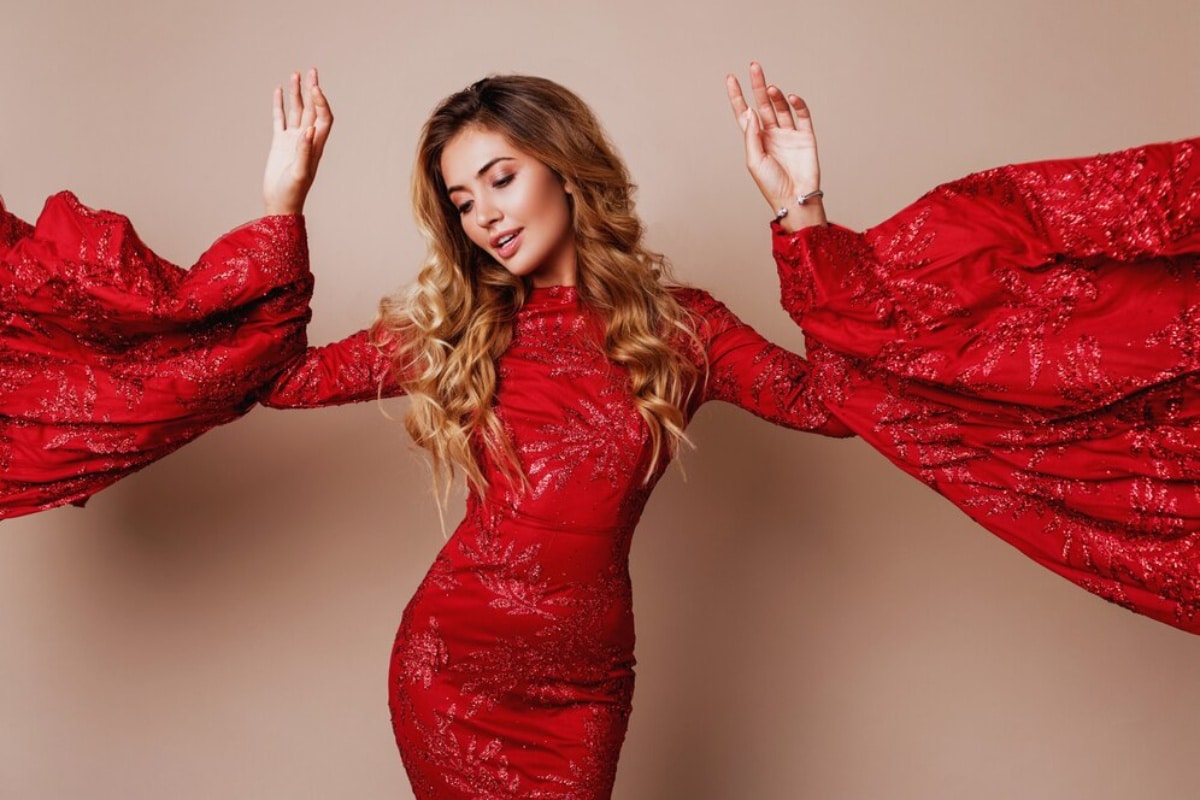
A Deep Dive into the Most Iconic Red Carpet Dresses
Red carpet events are now global fashion shows. They display stunning haute couture gowns and designer creations. Glamorous events like the Academy Awards and the Met Gala have given us unforgettable fashion moments.
In this guide, we will look at famous red carpet dresses, the designers who made them, and how these gowns shaped fashion and pop culture.
The Evolution of Red Carpet Fashion
The Early Years: Classic Elegance
In Hollywood’s early days, red carpet fashion had classic shapes and modest hemlines. It was all about lasting elegance. During the 1930s and 1940s, actresses favoured floor-length gowns in luxurious fabrics such as silk and satin.
Key Moments:
- Grace Kelly at the 1955 Oscars: She wore an elegant ice-blue satin gown by Edith Head. This set the tone for timeless Hollywood glamour.
- Audrey Hepburn at the 1954 Oscars: Her white floral Givenchy dress became an iconic symbol of refined simplicity.
Takeaway: Early red carpet fashion focused on elegance and sophistication. The designs were modest but still stylish.
The Glamorous 1960s and 1970s
The 1960s and 1970s changed red carpet fashion. Designers started using bold colours, daring cuts, and unique fabrics.
Iconic Moments:
- Barbra Streisand at the 1969 Oscars: She wore a bold, sheer pantsuit by Arnold Scaasi. This look challenged the usual red carpet style.
- Cher at the 1974 Met Gala: She debuted a Bob Mackie feathered and beaded ensemble. This introduced avant-garde flair.
Takeaway: Red carpet fashion got bolder and more creative. It embraced unusual shapes and materials.
The Power Dressing of the 1980s
The 1980s red carpet saw the rise of power dressing with bold shoulder pads, statement embellishments, and opulent fabrics. Celebrities embraced dramatic silhouettes and extravagant details.
Iconic Moments:
- Joan Collins at the 1987 Golden Globes: She wore a stunning Nolan Miller gown. Its oversized shoulders captured the essence of 80s power dressing.
- Princess Diana at the 1981 premiere of For Your Eyes Only: She wore a stunning black strapless gown by David Emanuel. This defined regal glamour.
Takeaway: The 1980s featured bold styles. Celebrities loved lavish fabrics and dramatic shapes.
The Most Iconic Red Carpet Dresses of All Time
Audrey Hepburn’s Black Givenchy Dress – Breakfast at Tiffany’s (1961)
Audrey Hepburn’s black Givenchy dress in Breakfast at Tiffany’s is a symbol of elegance and grace, even though it wasn’t worn at a red carpet event. The gown’s sleek shape, along with pearls and gloves, created a famous fashion moment.
Why It’s Iconic:
- Defined the little black dress as a timeless wardrobe staple.
- Influenced decades of red carpet elegance.
Impact: Hepburn’s gown secured Givenchy’s spot in fashion history. It also inspired many generations of minimalist evening wear.
Elizabeth Hurley’s Versace Safety Pin Dress – 1994
In 1994, Elizabeth Hurley stole the spotlight at the Four Weddings and a Funeral premiere. She wore a striking black Versace dress held together by gold safety pins. The provocative design became one of the most talked-about red carpet looks in history.
Why It’s Iconic:
- Introduced daring, risqué red carpet fashion.
- Became a pop culture phenomenon, frequently referenced in media.
Impact: The dress helped establish Versace’s reputation for bold, boundary-pushing fashion.
Jennifer Lopez’s Green Versace Dress – 2000 Grammy Awards
Jennifer Lopez’s green Versace gown at the 2000 Grammy Awards changed red carpet history. The jungle-print dress became so popular that it led to the creation of Google Images. People wanted more photos of it.
Why It’s Iconic:
- Redefined red carpet sensuality with its daring cut.
- Sparked a cultural and fashion frenzy.
Impact: The dress became synonymous with J.Lo’s bold style. It solidified Versace’s place in red carpet fashion.
Rihanna’s Yellow Guo Pei Gown – 2015 Met Gala
At the 2015 Met Gala, Rihanna stole the show in a yellow Guo Pei gown with a 15-foot train. The lavish dress was inspired by imperial Chinese fashion. It became one of the most memorable red carpet moments of the decade.
Why It’s Iconic:
- Embodied artistic opulence with its extravagant design.
- Went viral, becoming an internet sensation.
Impact: Rihanna’s gown introduced Guo Pei to a global audience. It highlighted Chinese couture.
Lady Gaga’s Pink Valentino Gown – 2019 Oscars
At the 2019 Oscars, Lady Gaga embraced classic Hollywood glamour in a pink Valentino gown with a dramatic train. The look was paired with the legendary Tiffany Diamond, worn only by a few women in history.
Why It’s Iconic:
- Celebrated timeless elegance with a modern twist.
- The diamond added a touch of historic glamour.
Impact: Gaga’s gown reinforced Valentino’s reputation for red carpet mastery.
The Influence of Red Carpet Fashion on Pop Culture
Setting Global Fashion Trends
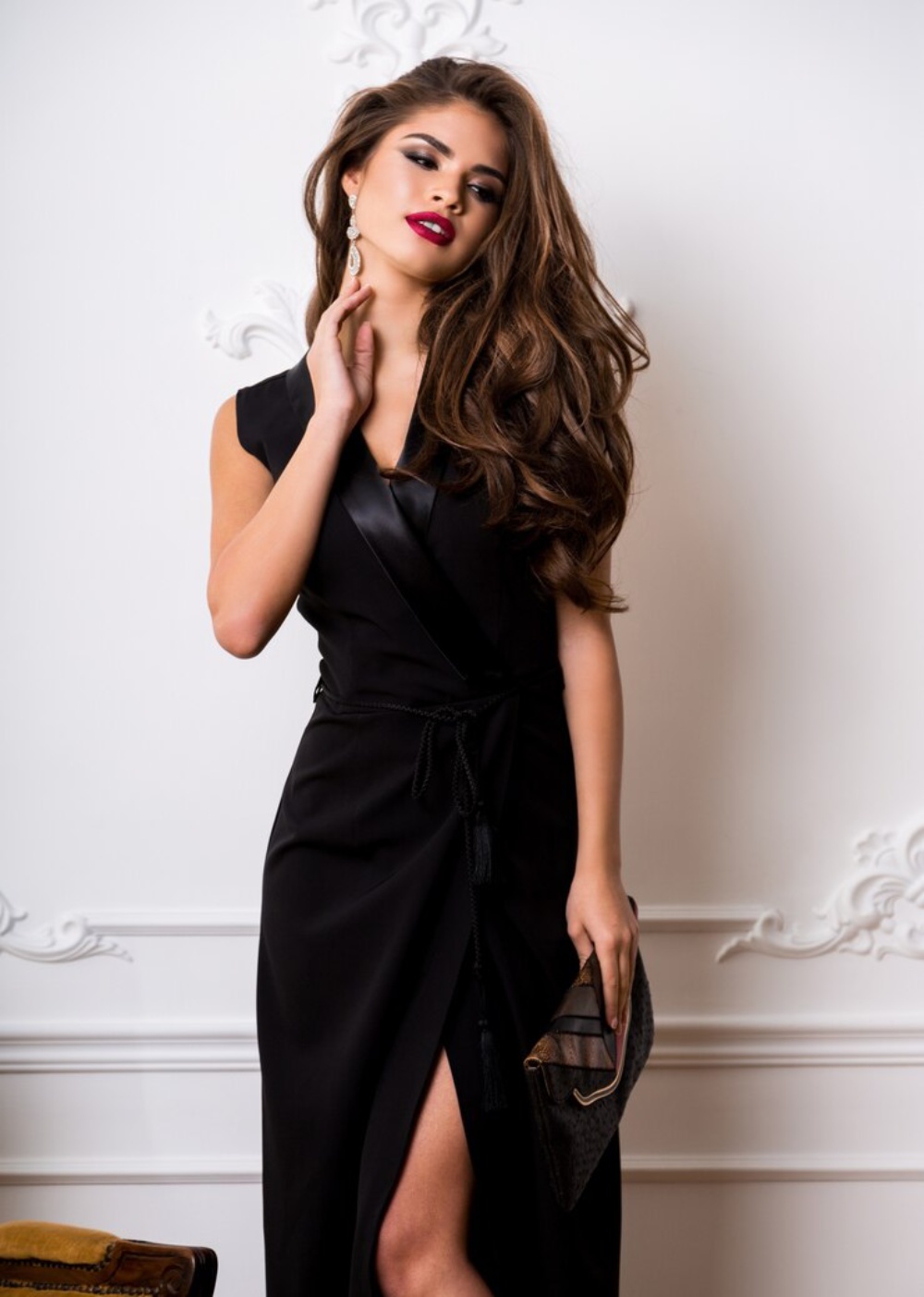
Red carpet events influence seasonal trends and consumer fashion choices. When celebrities wear bold or unconventional looks, they often inspire mainstream fashion adaptations.
- Angelina Jolie’s black slit dress at the 2012 Oscars sparked a trend for thigh-high slit gowns.
- Lupita Nyong’o’s blue Prada gown at the 2014 Oscars introduced a wave of powder blue evening wear.
Impact: Red carpet fashion shapes seasonal colour palettes, silhouettes, and fabric trends.
Shaping Brand Recognition
Red carpet gowns can elevate lesser-known designers to global fame.
- Elie Saab gained international attention after Halle Berry’s 2002 Oscars dress.
- Alexander McQueen teamed up with Sarah Burton. Their work became famous when Kate Middleton wore the wedding gown.
Impact: Red carpet exposure can skyrocket a designer’s career.
The Rise of Haute Couture Popularity
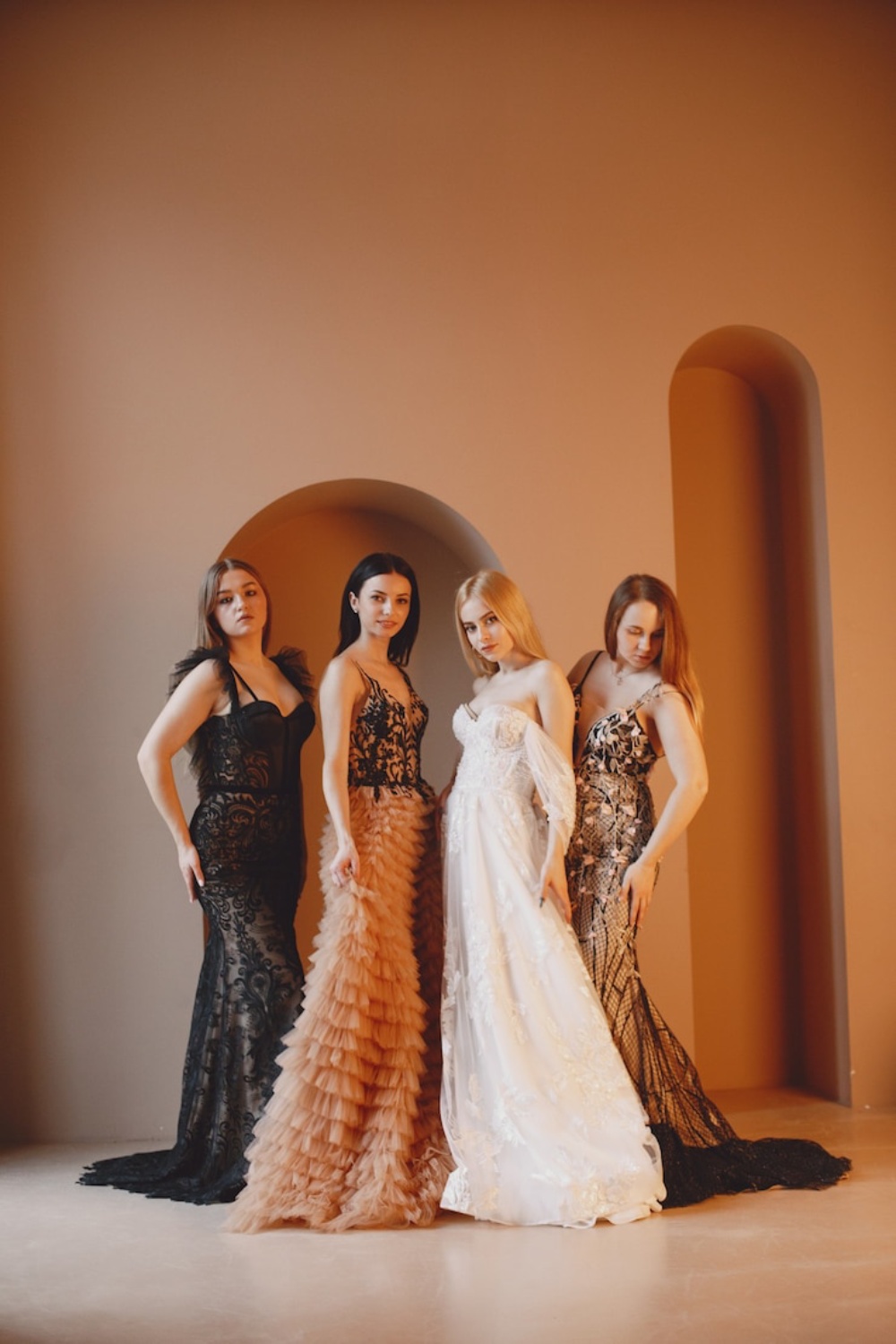
Red carpet fashion has increased the visibility of haute couture. It makes it more desirable and accessible to the public.
- Beyoncé’s custom Givenchy gown at the 2015 Met Gala introduced haute couture to a new generation of fashion enthusiasts.
- Zendaya’s Valentino gowns regularly showcase haute couture’s modern appeal.
Impact: Red carpet events are a global showcase for haute couture artistry.
Red Carpet Dresses to Remember
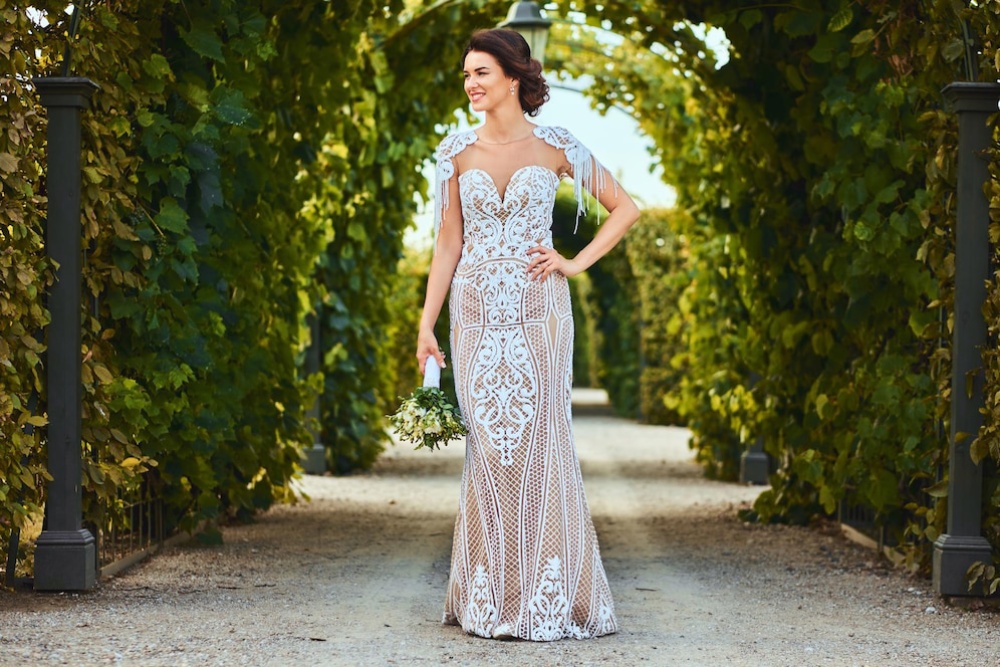
Red carpet fashion is more than just glamorous gowns. It is a powerful platform for artistic expression, cultural influence, and brand recognition. From Audrey Hepburn’s classic style to Rihanna’s bold looks, red carpet moments have shaped fashion history. They also inspire fashion trends around the world.
Celebrities keep pushing limits with their bold choices. The red carpet is a lively place for fashion creativity and classic style.


